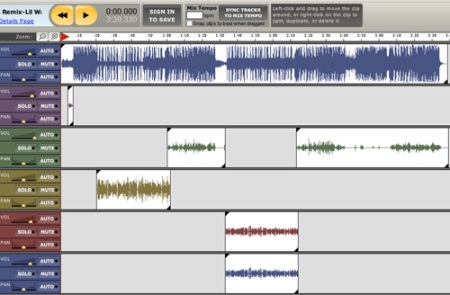Week 6 Reading: The role of storage in online networks.
Networked (authors: many/collaborative/aggregated) is a “networked book about networked art. ” In a convincing conceptual form, this work discuss and anylyses the role of storage in online networks.
The authors attest that: “If transmission-focused works collapse geographic space, then storage-focused works collapse time: networked participation need not be simultaneous.”
“Because computer networks are implemented through a combination of hardware and software, network applications are able to take advantage of a staggering variety of storage mechanisms, protocols, and structures, ranging from simple file storage (e.g. static web pages) to structured databases which can potentially be queried, manipulated, updated, and expanded by any person or device connected to the network.”
The article goes on to discuss examples specifically limited to music creation including the Rova saxophone quartet, Nick Collins (Who ” has developed formalized networks for communication among musicians during a performance. In contrast to Rova’s network, information is exchanged via written instruction lists. Each instruction list becomes a storage mechanism on the network that can be preserved, modified, copied, and transmitted during the performance.”) and the live coding movement who “write algorithmic code on stage, project their laptop screens for the audience to see, and execute that code as they write it to generate music and/or visuals. Collins himself is a leading practitioner in the field.”
The authors go one to discuss the issue of latency (time dlay between performers: “Network communication rarely takes place instantly. In a local, physical performance environment, the speed of sound and light cause negligible delays. On the Internet, such delays, augmented by the practical limitations of network traffic routing, can lead to noticeable latency.” However, “Artists have also used storage mechanisms to circumvent the effects of latency in their network designs.”
They also describe persistent storage and give the example of “Jamglue (2009) focuses on networked collaboration through a storage space shared over an extended period of time. Users of this commercial web service launch a Flash-based multi-track audio editor (Figure 2), modeled after programs like GarageBand(Apple Computer, 2009), to create and remix music. Once they are happy with their music, they post it publicly on the site, where other users can listen, vote, and comment on it.”
Ultimately, the article has “outlined some of the challenges and opportunities associated with storage in networked art. Using comparative analyses of collaborative networked music as a starting point, I have explored how networked storage can transform the relationship between composition and improvisation; how it can influence network designs focused on shared material or shared control; how it can actively and autonomously manipulate its own contents; how it can circumvent problems of network latency and facilitate asynchronous collaboration; and how it can exist as a core component of a work’s design without being at the core of every user’s experience.”

Leave a comment